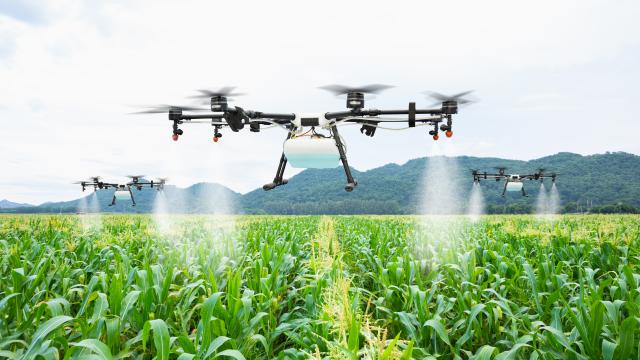
Urgent action is needed to slow down the warming of the globe. The recent IPCC report released by the UN has highlighted how human-induced climate change is leading to more extreme events, losses and damages to nature and people. And while it’s important we all take personal steps to temper each of our own carbon footprints, we also need big companies to take some hefty strides forward.
This includes our telcos. Australia’s energy grid supply is still driven largely by fossil fuels. Telecommunications companies contribute a lot of carbon emissions into the atmosphere because of the energy used to power our networks. So, there’s room to improve in the industry.
Telstra is one company that’s working to improve on the current standard. The telco became carbon neutral in 2020, is aiming to halve its emissions by 2030, and has now launched a new carbon farming initiative to take its efforts up a notch.
What is a carbon farm?
A carbon farm is any change in farming practice that reduces greenhouse gas emissions or captures and holds carbon in vegetation or soil. It works as a natural climate solution because when plants grow, they remove carbon out of the atmosphere, which reduces the impact of climate change.
How do carbon farms work?
Carbon farms work in one of two ways. They either increase the carbon that’s stashed in plants and soil (also known as sequestration), which is done by creating new forests and healthier soil. Or, carbon farms can be driven by reducing carbon emissions through cultivating soils, managing wildfires and maintaining forests.
[related_content first=”1765744″]
How does Telstra’s carbon farm work?
Telstra’s carbon farm will use the company’s tech expertise to its advantage. Through a technology trial, Telstra will plant and manage the reforestation of 240 hectares of land in Yarrowyck in northern NSW. So, 158,000 native trees and shrubs will be planted, which in turn is expected to produce about 160,000 Australian carbon credits over the next 25 years.
The tech involved will help Telstra manage the farm from afar. Using drones and Internet of Things (IoT) sensors to plant trees and monitor the conditions of the environment, from the weather to tree health and calculating how much carbon is being stored in trees. Robotics and artificial intelligence will also be explored to improve pest and weed management. To give you a picture of how it’ll all work, Telstra’s dropped a nifty little game you can play, here.
The carbon farming pilot is the next initiative in Telstra’s wider Environment Strategy. The telco’s goals include not just continuing carbon neutrality, but also enabling renewable energy generation equivalent to 100 per cent of its energy consumption by 2025, and reducing its absolute scope 1, 2 and 3 emissions by 50 per cent by 2030. (Scope 1, 2 and 3 are the types of emissions that range from direct activities to run the company, to electricity purchased and used, all the way to indirect emissions from customers, suppliers and investments.)
Phone providers can have a big impact on the environment, so it’s worth finding out what yours is doing to address climate change.
